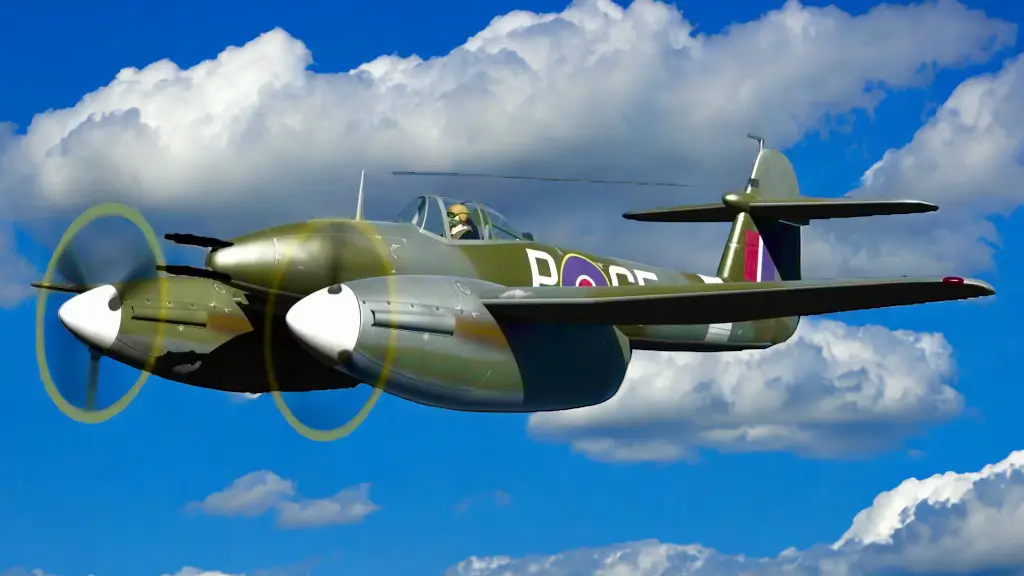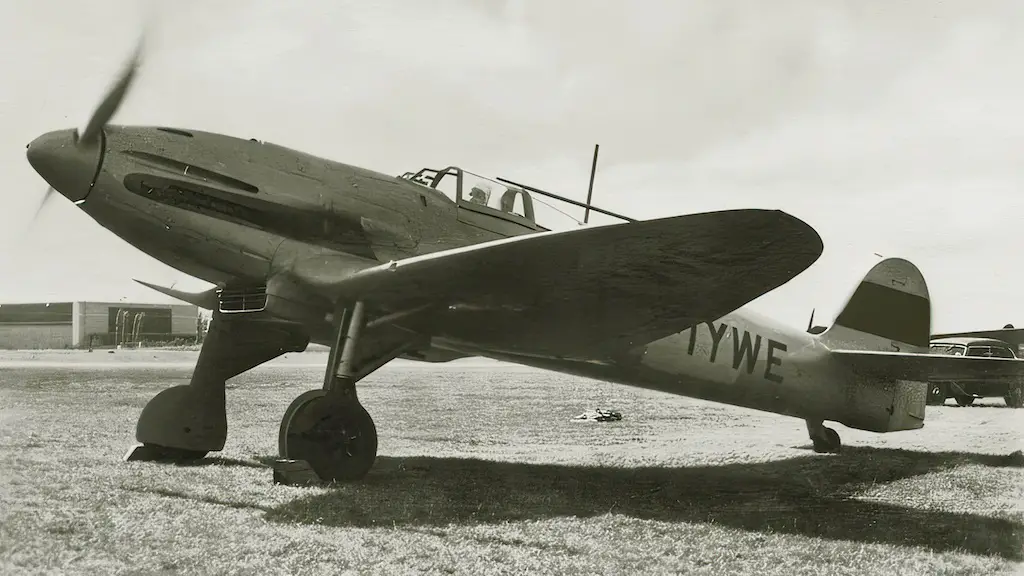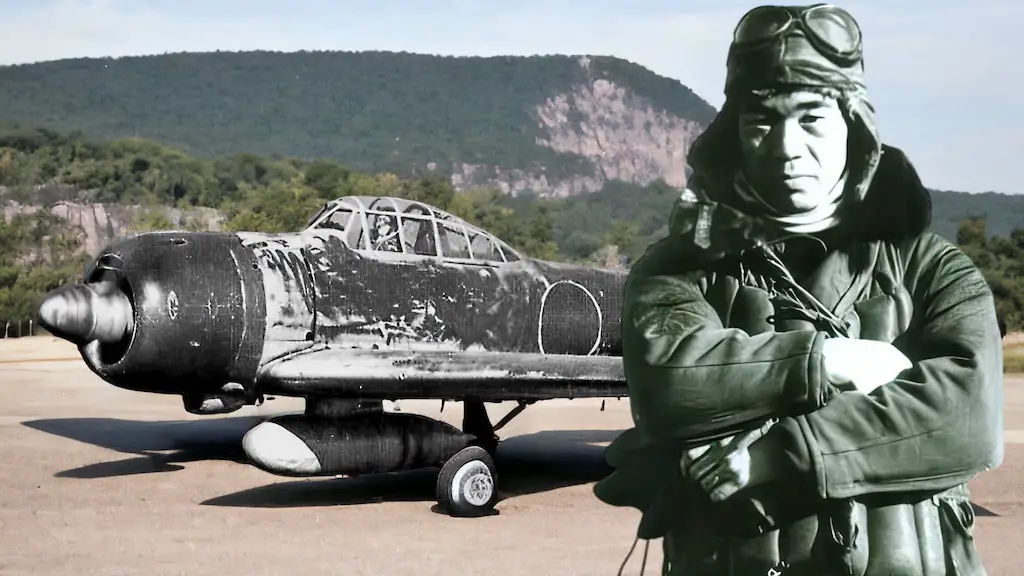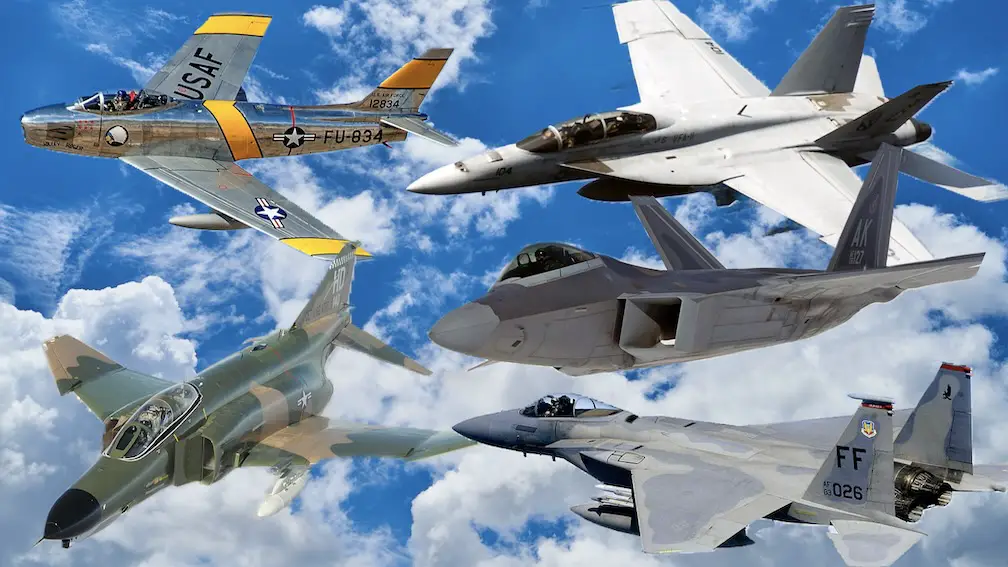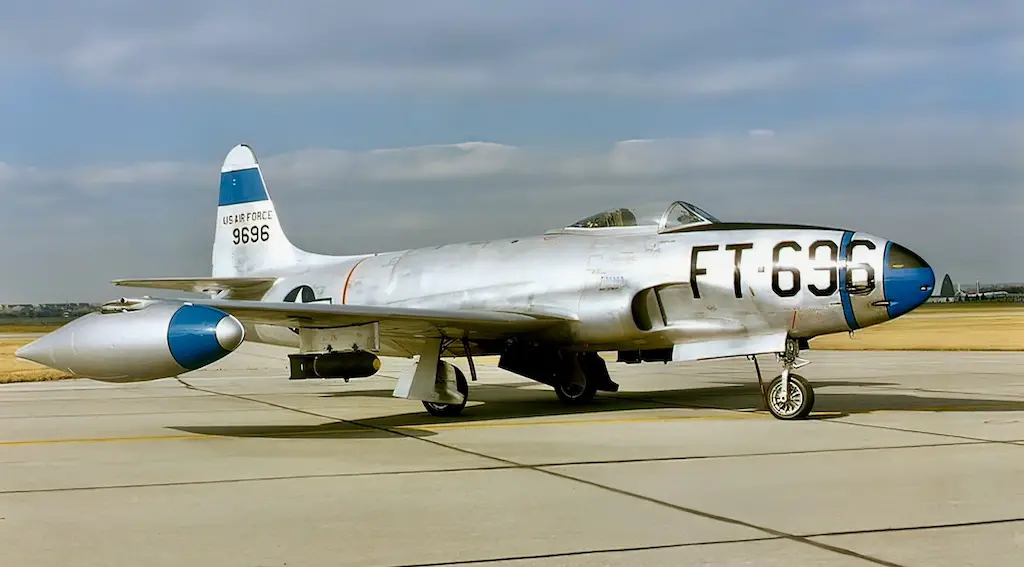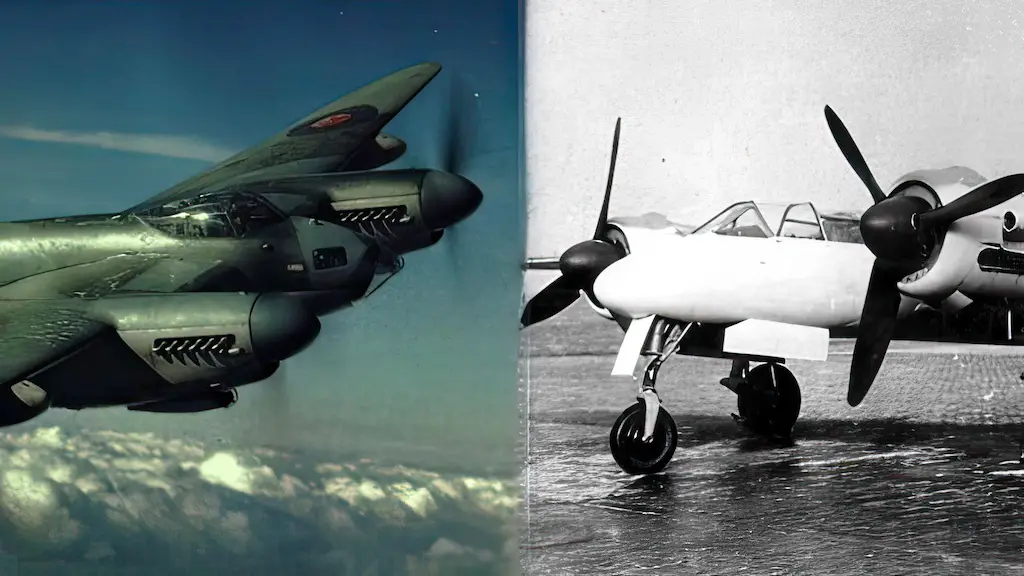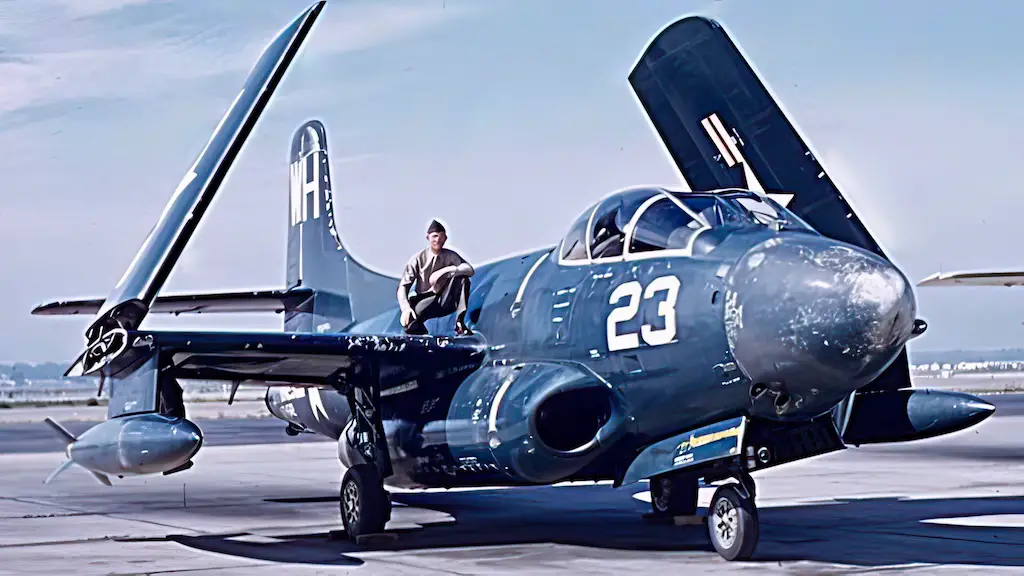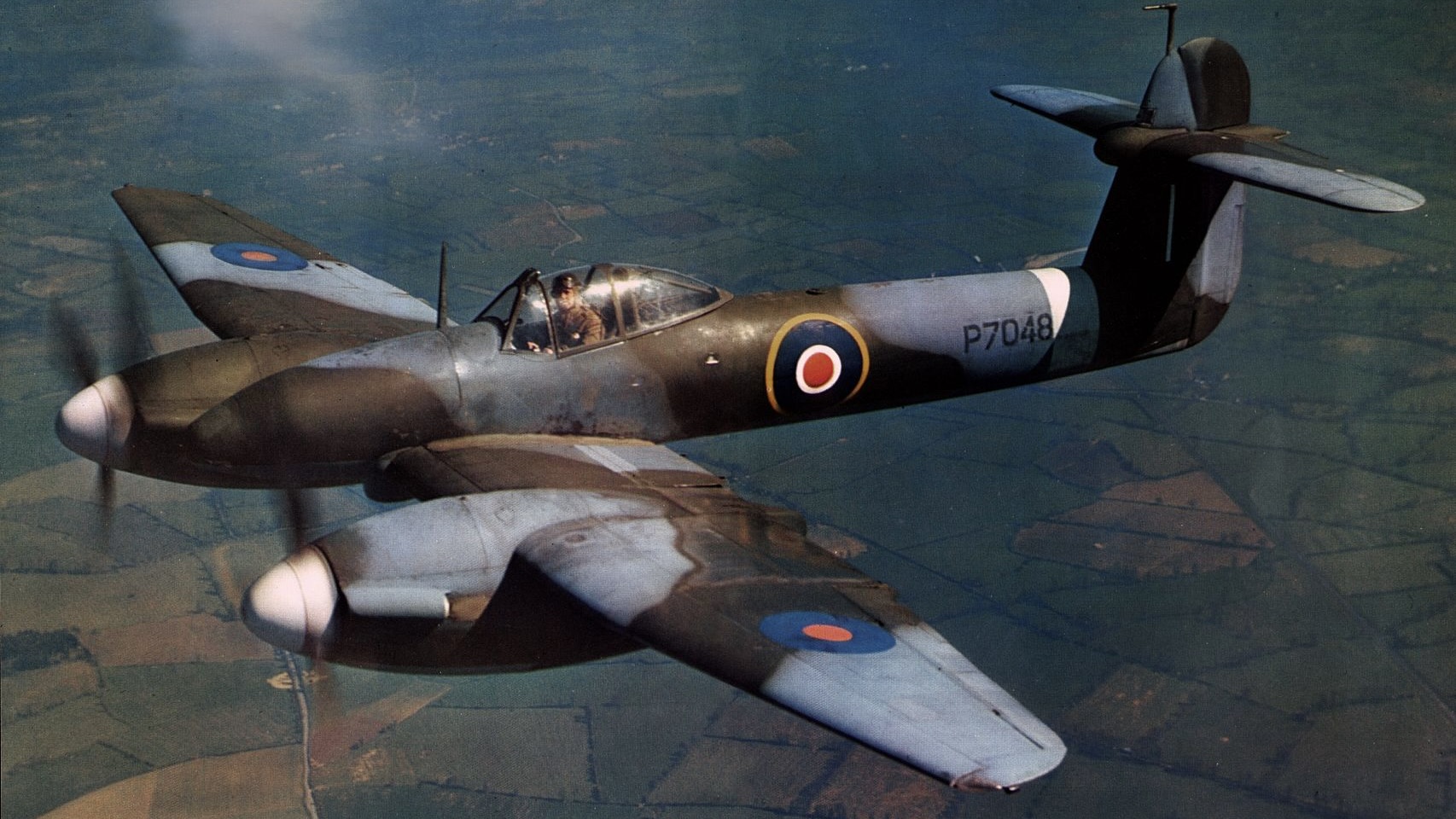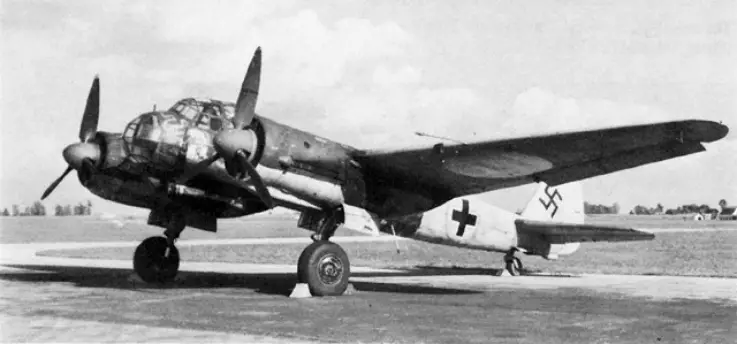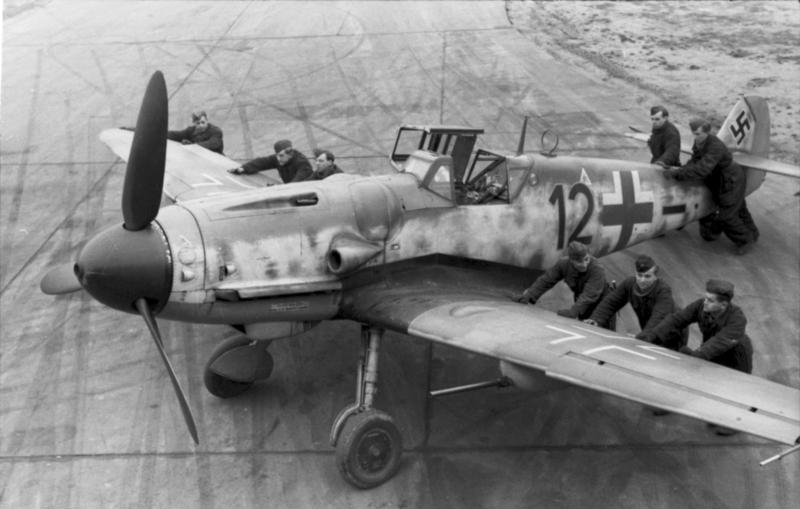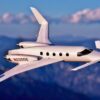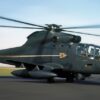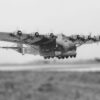In the fierce skies of World War II, the Royal Air Force (RAF) developed numerous fighters to battle the Luftwaffe. Amidst this, the Westland Whirlwind stands out, though often overshadowed by German aircraft. This twin-engine fighter was not only one of the fastest of its time but also boasted the world’s most formidable armament with its four 20 mm Hispano-Souza HS 404 autocannons. Designed for high-volume firepower, the Whirlwind played a crucial role over the English Channel as the Battle of Britain loomed, ready to obliterate any enemy in its path. Unfortunately, its own engines would prove to be its Achilles’ heel.
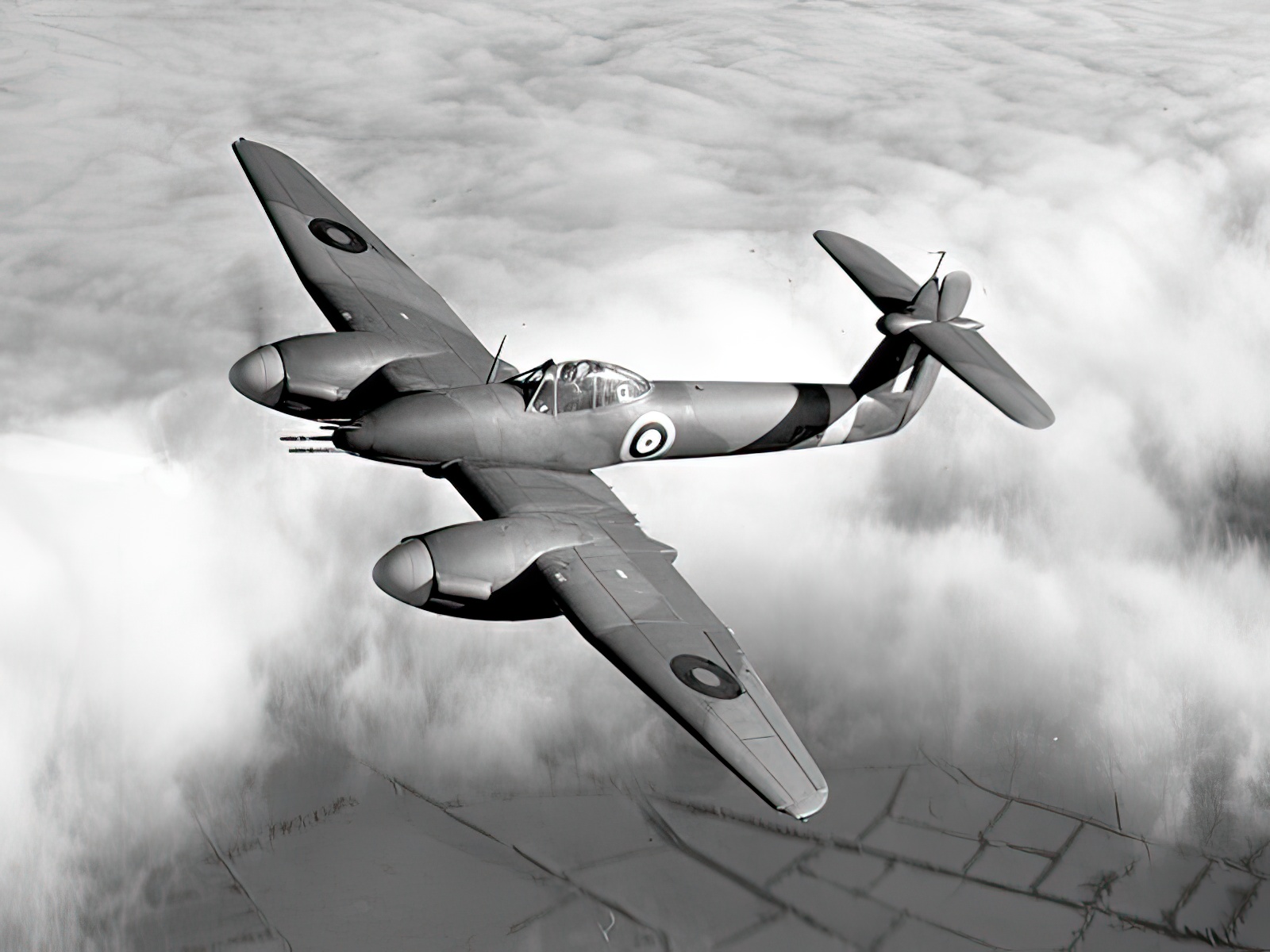
Development of a Heavy Fighter
As World War II seemed inevitable in the 1930s, the RAF recognized the need for a fighter with a longer range and heavier armament than the existing Hawker Hurricane and Supermarine Spitfire. These planes, though advanced, were limited in range and only armed with Browning machine guns. The British Air Ministry sought a heavy fighter with cannons, envisioning a plane that could efficiently destroy German bombers and escort British bombers deep into enemy territory. In response, the Air Ministry issued a requirement in 1935 for a heavy fighter armed with four cannons and capable of reaching speeds significantly higher than contemporary bombers. This led to the selection of Westland Aircraft’s proposal, spearheaded by aerodynamic expert William Edward Willoughby “Teddy” Petter.
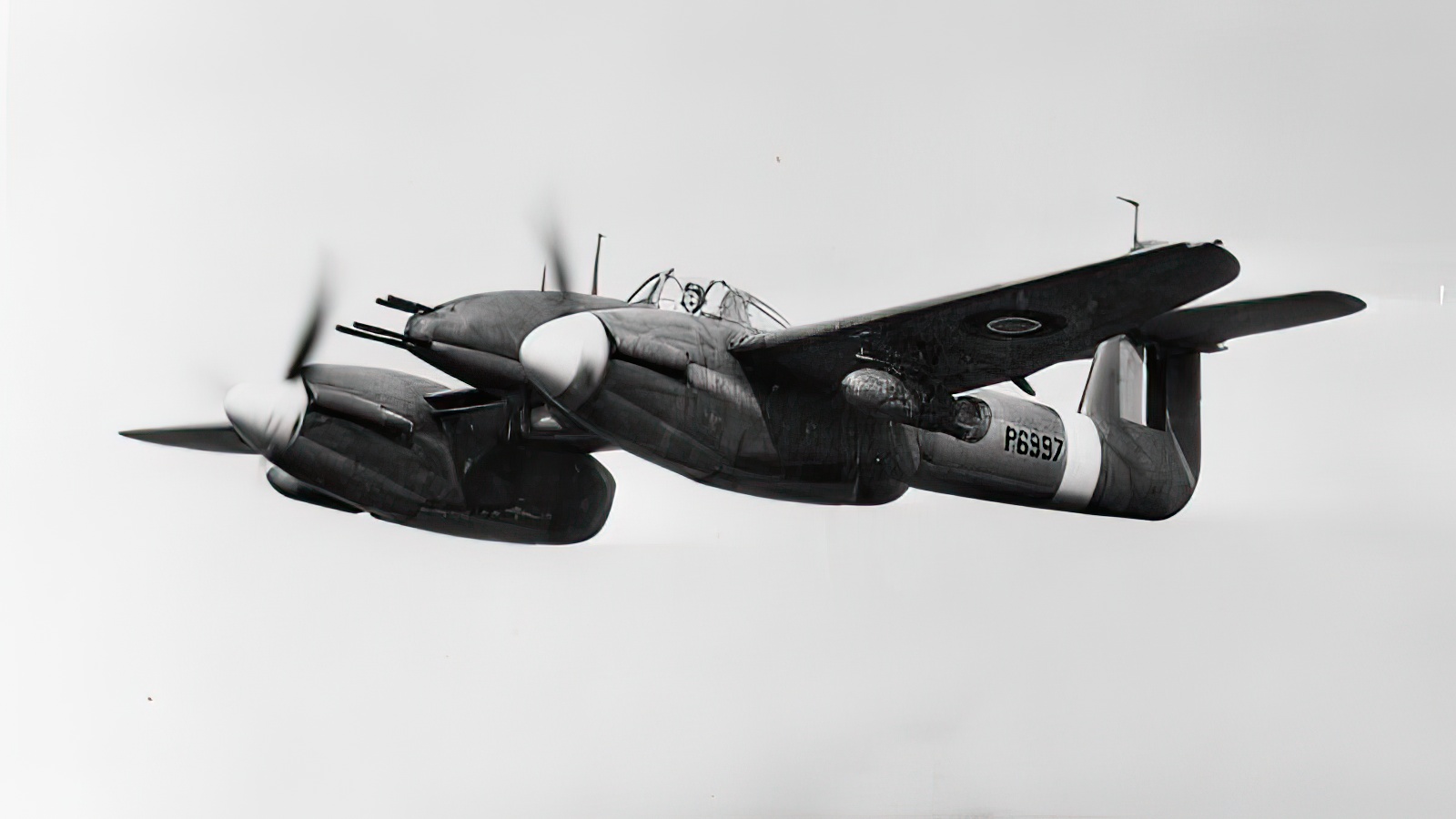
A Technological Leap Forward
The Westland Whirlwind was innovative, featuring two Rolls-Royce Kestrel engines, a first-of-its-kind bubble canopy for exceptional vision, and an all-metal construction with a magnesium skin. The initial promising tests in 1938 led to a rapid development phase. However, Westland decided to upgrade the engines to the more powerful Rolls-Royce Peregrine for better performance, despite the delay this caused. This decision was crucial, as the new engines significantly enhanced the aircraft’s horsepower and operational efficiency.
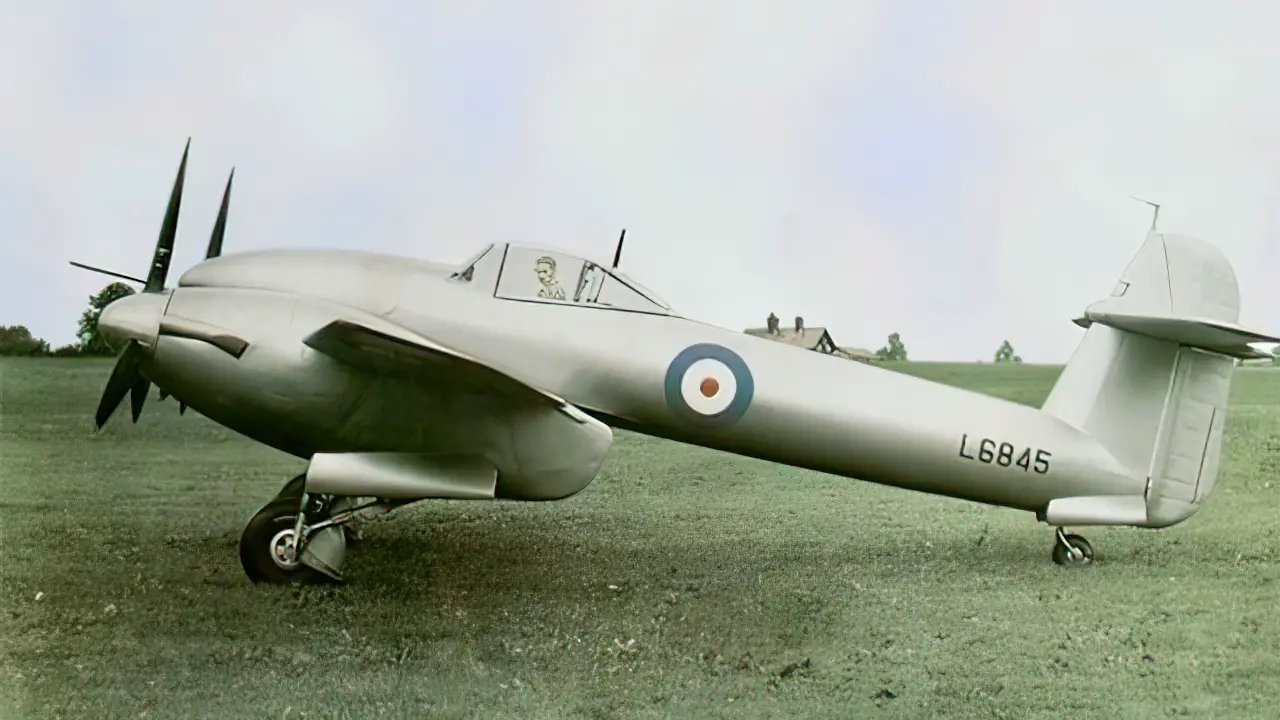
Operational Challenges and Achievements
The Whirlwind’s operational history began in 1940 with the 263rd Squadron. Its initial role involved convoy patrols and targeting German E-boats in the English Channel. The aircraft’s firepower, capable of delivering a staggering weight of explosive shells, proved formidable against German aircraft like the Junkers Ju-88s and Messerschmitt Bf-109s. However, pilots soon noted its maneuverability issues and the unreliability of its engines. The Rolls-Royce Peregrine engines, less efficient than the Merlin engines used in Spitfires, soon became a significant production bottleneck, impacting the Whirlwind’s deployment.
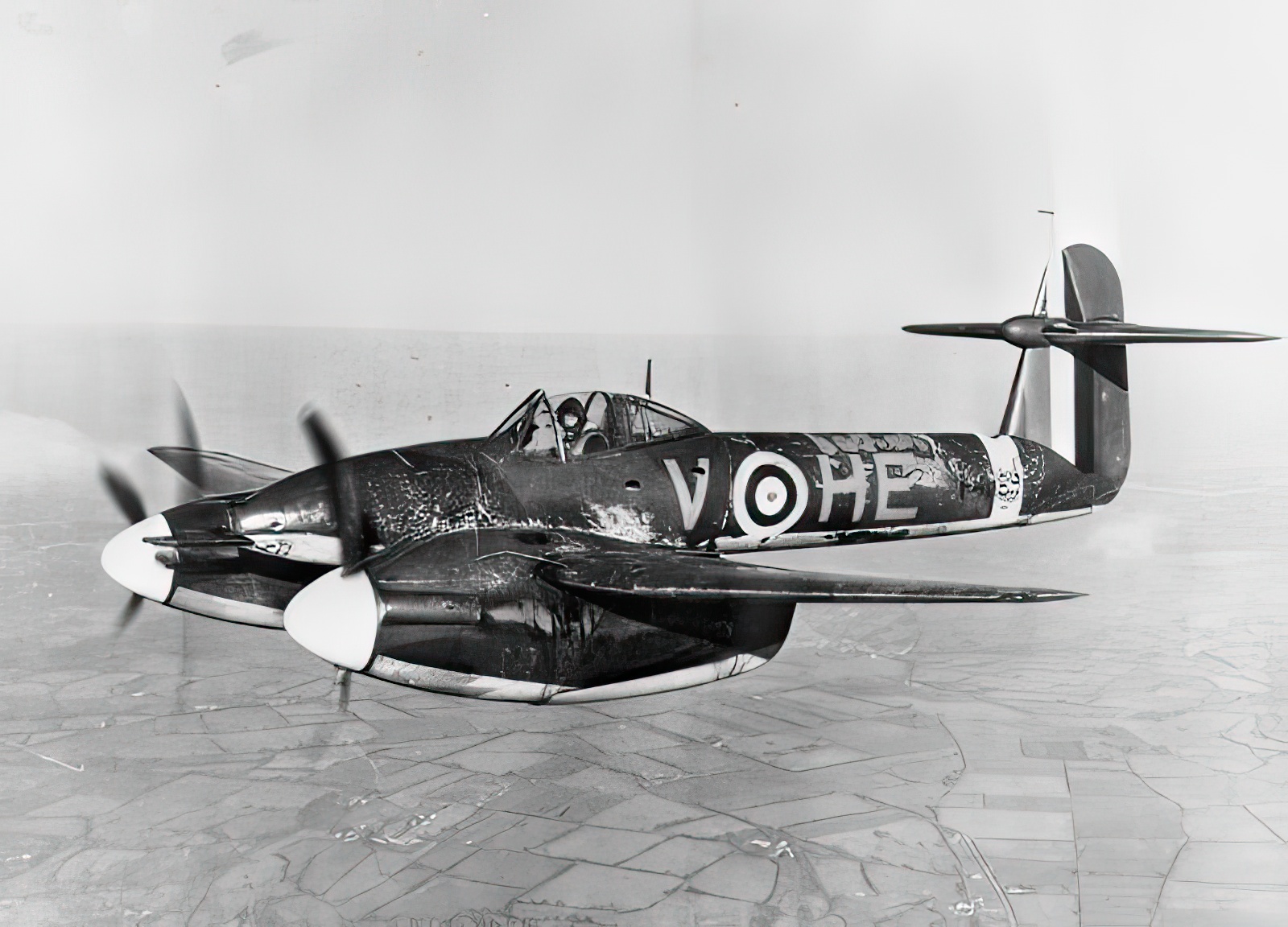
Transition to Ground Attacks and the Whirlwind’s Decline
Despite initial setbacks, the Whirlwind found a niche in ground attack missions over France, especially with modified versions capable of carrying bombs. These “Whirly Bombers” effectively targeted railways, bridges, and other strategic assets. Yet, as new fighters like the Typhoon emerged, the Whirlwind’s role diminished, leading to its retirement in 1943. Its short service life, coupled with engine issues, limited its impact and recognition compared to other RAF fighters of the era.
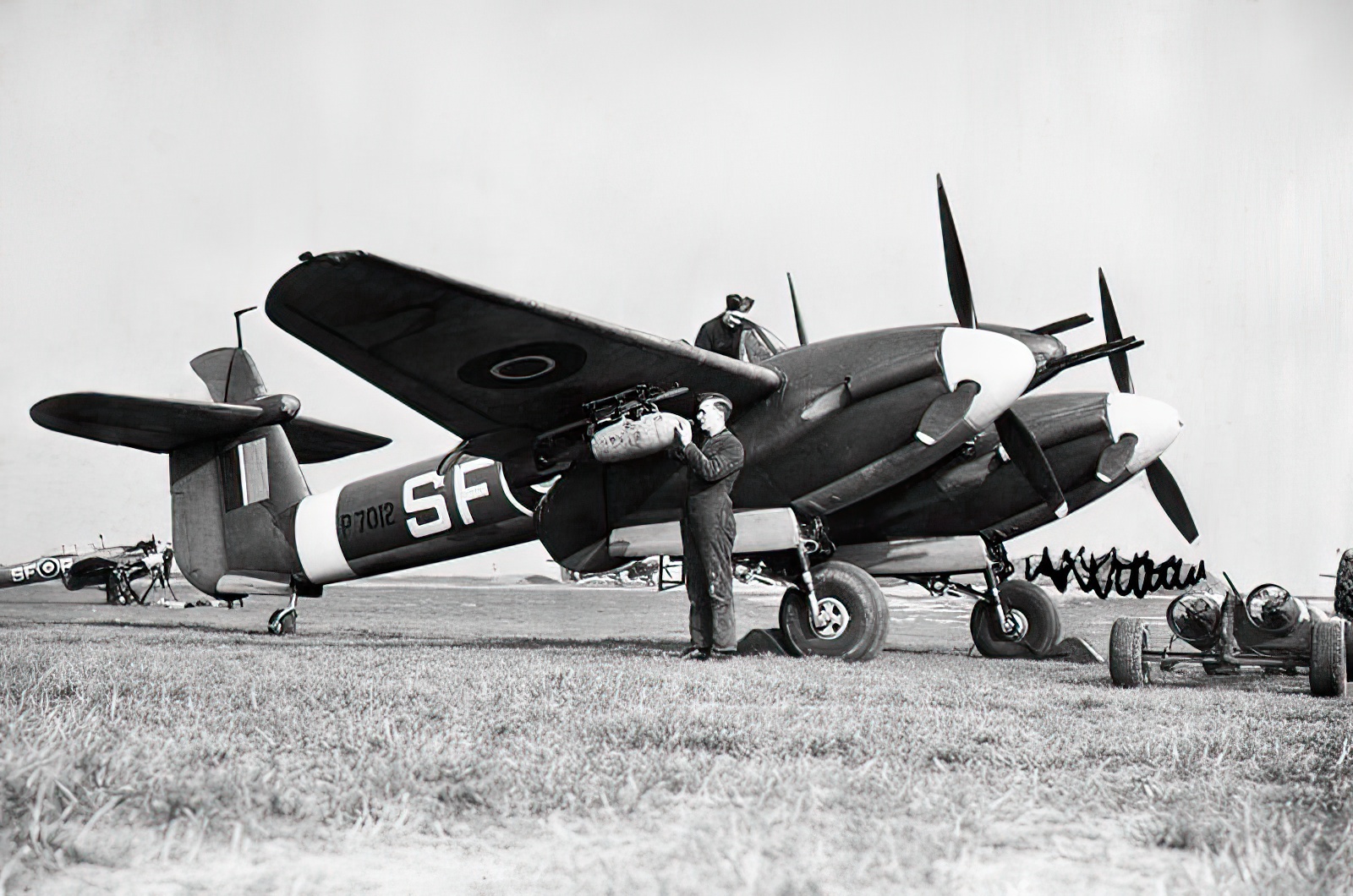
The Legacy of the Westland Whirlwind
The Whirlwind’s story is one of innovation marred by operational challenges. Its pilots admired its flying qualities, yet it remained a “what could have been” in the history of military aviation. The Whirlwind’s journey underscores the importance of sustained development and service to realize an aircraft’s full potential. Its last flight in 1943 marked the end of a unique but ultimately constrained chapter in the RAF’s history.

